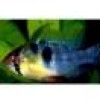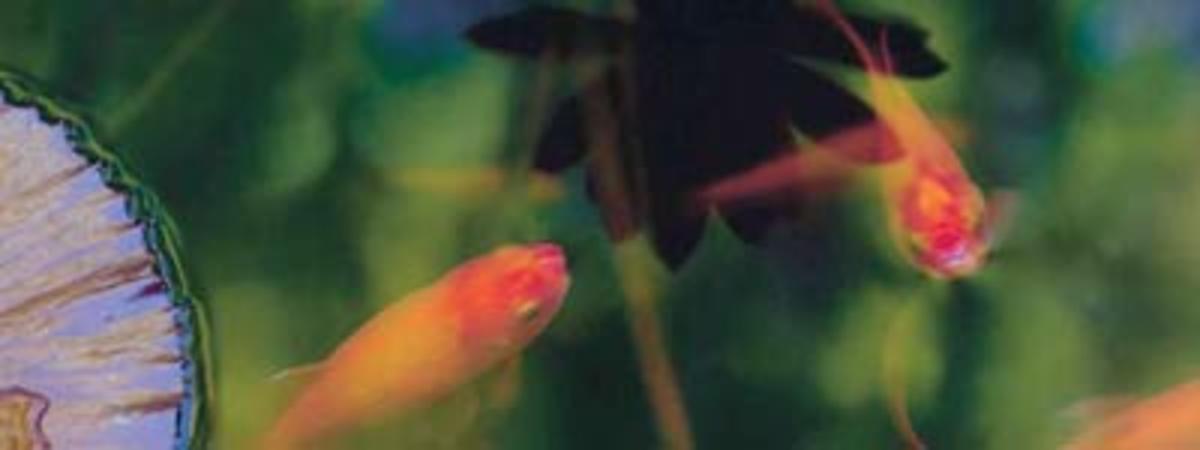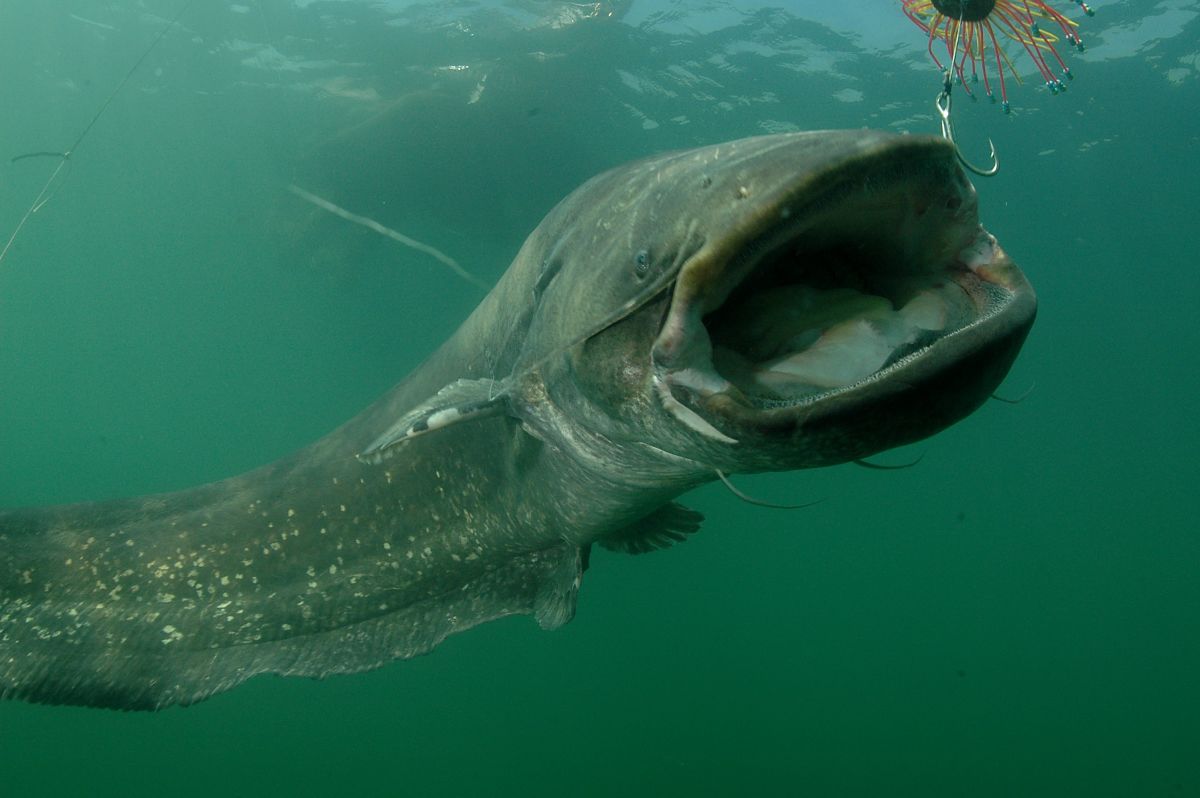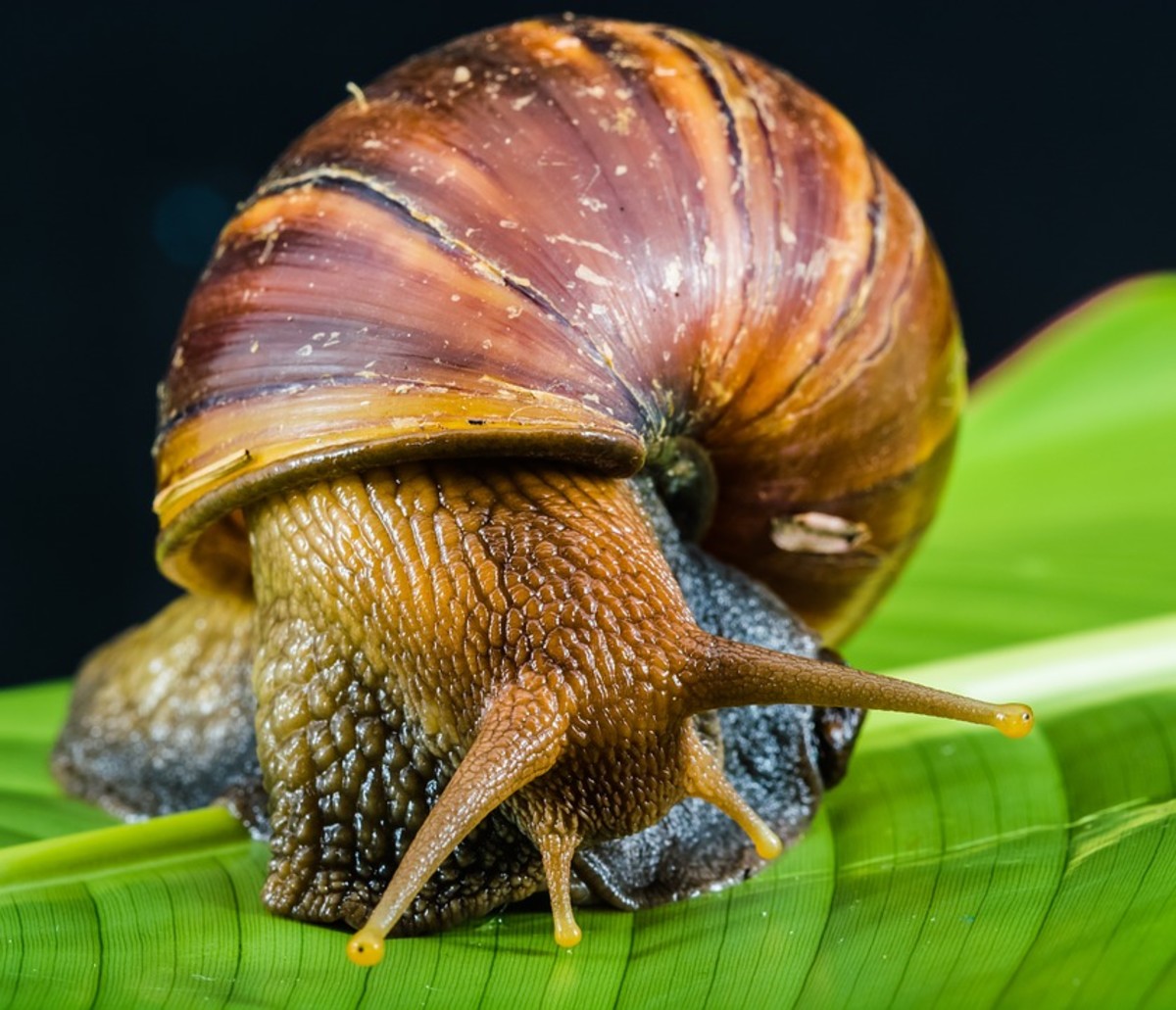- HubPages»
- Pets and Animals»
- Tropical Fish & Aquariums»
- Freshwater Aquarium Animals»
- Cichlids
Pseudotropheus Elongatus - My favorite African Cichlid
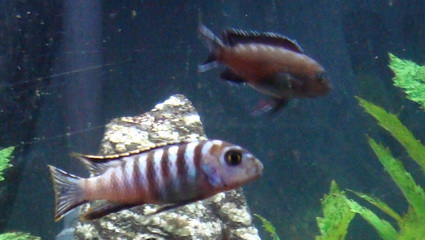
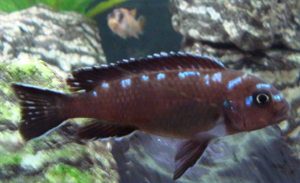
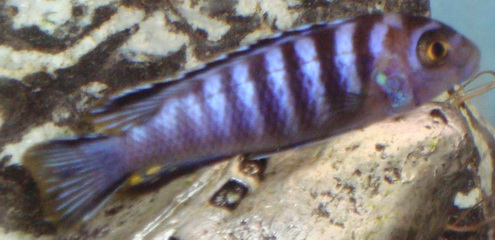
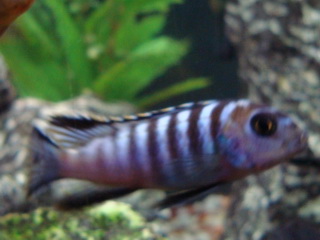
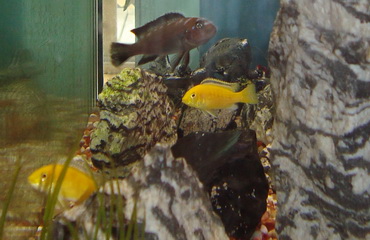
Pseudotropheus elongatus has always been a favorite African Cichlid of mine.
Maybe it is the sleek, torpedo shape knifing through the waters of the aquarium, unlike most other types of fish which are built much more like...well, fish! Or possibly the brilliant, usually blue and black vertical striped colourations, are what attracted me in the first place, and hold me fascinated as they swim. There are some other morphs and colorations coming into the trade as time goes by, but the blue and black bars of an alpha male will always be my favorite pattern for this fish.
Most likely it is the way they carry themselves with pure attitude, from fry on up that makes them so memorable. Rarely do they allow themselves to be bullied, and generally end up as the fish to be concerned about when new additions are added. They are already kings and queens and will ensure the rest are aware of their status. An alpha male, patrolling the aquarium and ensuring all others flee when near is a spectacle I can watch for hours.
Like many other Mbuna from Lake Malawi, the elongatus has developed as a mouth brooder. Although this form of parental behaviour is not unique to this species, it is fascinating to watch. I have had established aquariums where many generations live and thrive in the same tank. Father, Son, Grandson, great grandson and even more generations all grow and thrive together over time and interbreed their generations if allowed.
Unlike livebearers who simply drop their babies someplace and leave, rarely recognizing them later as anything other than food, the entire cichlid family provides some form of parenting behaviour. South American Cichlids share the duties with both parents often protecting the eggs where they have been laid. They then continue protecting the brood as they hatch and then begin to swim. For most species this a job for both male and female of the pair, and for this reason many species form long-term bonds.
The Mbuna, or African CIchlids generally take this protection a step further, holding the young within the mouth of the female until the fry are free-swimming and able to fend for themselves. Unlike many others that pair-bond, it seems the female takes the responsibilities for the fry on herself and pairing will be much more fluid. This is important to understand since when after the courtship and the eggs have been laid, the female may not eat for up to three weeks to prevent accidental ingestion of the precious cargo she is carrying in her mouth. The male does not share these duties, and can even be working with another female during this period.
Elongatus, like most African Cichlids, are more difficult to sex and to compound the problem there are extreme discrepancies in the ratio of the sexes for many Mbuna species. There are commonly many more females than males born and raised to maturity. It is often best to purchase these fish, as unsexed juveniles in schools of 6 or so, that way you should get at least one viable pair when they mature. This also helps with controlling the aggressive tendencies of the fish and keeps them busier among themselves establishing territory and dominance in the group rather than beating up the other species kept in the aquarium.
Once grown, the males are generally larger than the females. The egg patches on the anal fins are often more intensely coloured for the females, offering better visual targets for the males in the breeding rituals. As a species they are very aggressive, even for African Mbuna, But, with enough distractions, simply add plenty of activity to the aquarium. Don't obtain these fish if you are looking for a peaceful and placid aquarium community.
The living area should be as large as possible, with a 30 gallon aquarium being my personal minimum for them. Decorations should be basically rocks - usually the flatter and stackable the better. I have had the most success with lots of slate that is piled up in such a manner that there are all sorts of small spaces and channels for the babies, once they have been released from the mother's mouth. They need to rapidly find places and swimming paths where bigger fish mouths simply cannot go. The rocks should be piles in the back of the aquarium with free swimming areas open in the front. I also tend to offer a few caves or other hiding places in the front that often become the sole property of the tank alpha male.
Some people have had success with live plants with Africans, or so they report, but I have always found that if they don't eat them, then they will dig them up, so I have always reverted to rock decorations only.
I keep the tank relatively high in pH, although nowhere close to the recommendation of Hans Baensch - p 756 - Baensch Aquarium Atlas which is 8.5. My fish do fine in Montreal's standard water - about 7.6 - 7.8. The water is supplemented with an African Cichlid conditioner to bring up the hardness and stabilize alkalinity, but other than that, at present no other work is done on the water characteristics.
I do very little as far as exotic foods. Most African Cichlids do very well on the various prepared foods available at the local pet store. Cichlid pellets, either floating or sinking are usually quite enough, although I do feed them some staple flakes as well. At present the food I have is a sinking small Cichlid micro pellet for the tank of essentially juvenile Africans. The pellets seem to sink quite fast to a single place, so the addition of flakes lets everyone feed at other levels in the aquarium.
